Home>Storage & Organization>Kitchen Organizing Tools>How To Organize The Pantry
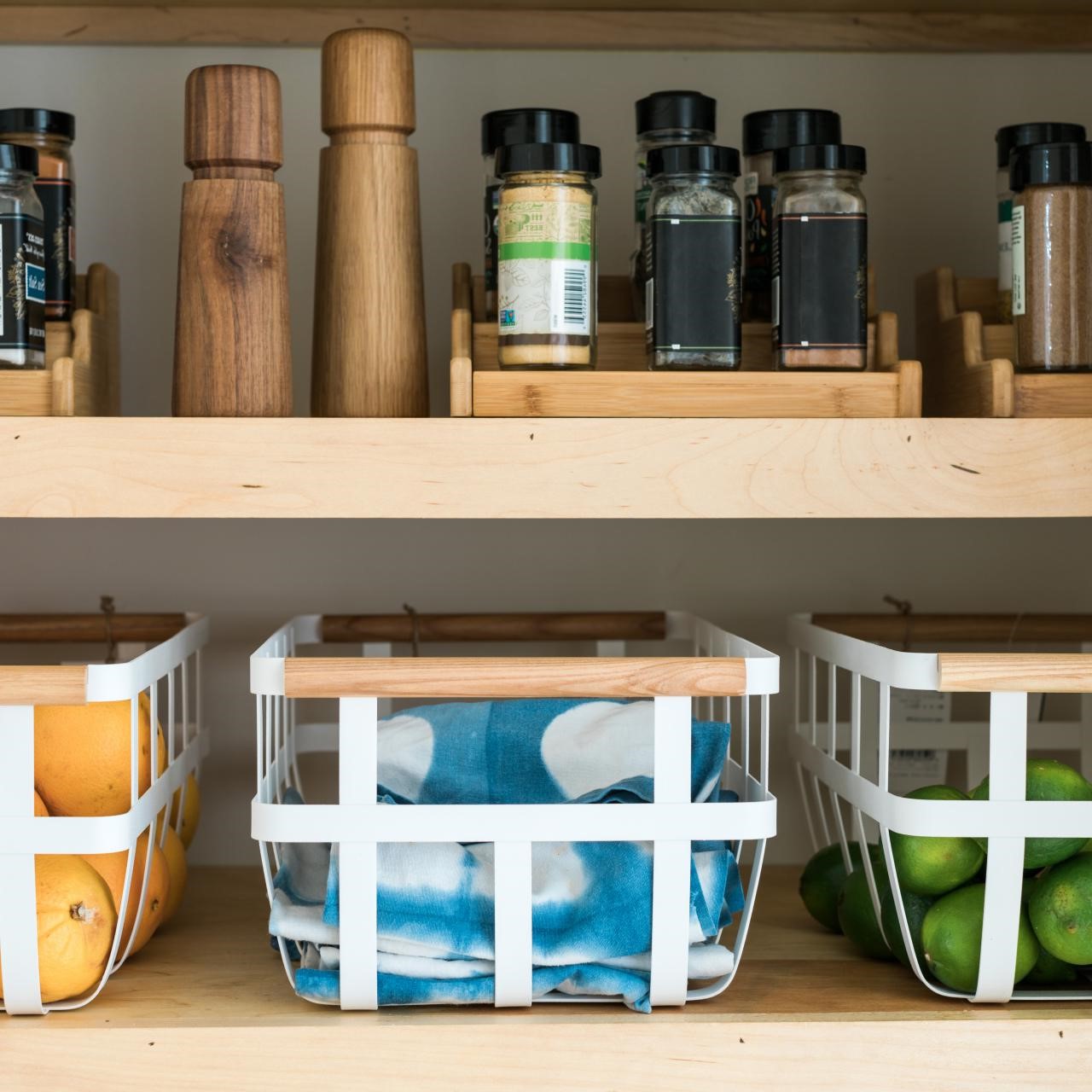

Kitchen Organizing Tools
How To Organize The Pantry
Published: March 2, 2024
Learn how to organize your pantry with the best kitchen organizing tools. Maximize space and efficiency with our expert tips and recommendations.
(Many of the links in this article redirect to a specific reviewed product. Your purchase of these products through affiliate links helps to generate commission for Storables.com, at no extra cost. Learn more)
Assessing the Pantry Space
Assessing your pantry space is the first step in getting it organized. Start by taking everything out of the pantry and giving it a good clean. This will give you a blank canvas to work with and help you see the space more clearly. Take note of the size and layout of your pantry. Are there any shelves that are difficult to reach? Are there any dead spaces that could be utilized better? Consider the height of the shelves and whether you can add extra shelving to maximize the space. It's also important to assess the lighting in your pantry. Good lighting can make it easier to find items and can also make the space feel more inviting. Once you have a good understanding of your pantry space, you can move on to the next steps in the organization process.
Key Takeaways:
- Assess your pantry space, sort items into categories, and choose the right storage solutions to keep your pantry organized and efficient. Involve your family in the process to maintain the system and make adjustments as needed.
- Label everything in your pantry and maintain order by regularly reviewing and adjusting the organization system. Avoid overstocking to prevent clutter and food waste. Stay flexible and open to improvements for a well-organized space.
Sorting and Categorizing Items
When it comes to sorting and categorizing items in your pantry, the key is to group similar items together. Start by taking inventory of everything you have removed from the pantry. This is the perfect opportunity to check for expired items and to discard anything that is no longer good. Once you have a clear idea of what you have, begin sorting items into categories. Common categories include canned goods, baking supplies, snacks, grains, and spices. You can further subdivide these categories based on your specific needs. For example, within the canned goods category, you might have subcategories for vegetables, soups, and fruits.
Using clear containers or bins can be a great way to keep similar items together and make it easier to see what you have. For example, clear containers for pasta and rice can help prevent duplicates and make it easy to identify when you are running low on a particular item. Additionally, consider using baskets or bins for smaller items like snacks or spice packets. This not only keeps everything organized but also makes it easier to pull out a whole category of items at once when you need them.
Another helpful tip is to consider the frequency of use when categorizing items. Keep frequently used items at eye level or within easy reach, while items that are used less often can be stored on higher or lower shelves. This will make your daily cooking and snacking routines more efficient.
Lastly, don't forget to involve your family in the organization process. If everyone knows where things belong, it will be easier to maintain the system and keep the pantry organized in the long run.
Use clear containers to store dry goods like pasta, rice, and cereal. This makes it easy to see what you have and keeps everything organized.
Choosing Storage Solutions
When it comes to choosing storage solutions for your pantry, there are a variety of options to consider. One popular choice is shelving units that can be adjusted to fit the height of your items. These units are versatile and can be customized to create the perfect layout for your pantry. Another option is over-the-door organizers, which can make use of otherwise wasted space. These organizers are great for storing small items like spices, snacks, or even cleaning supplies.
Baskets and bins are also essential for keeping your pantry organized. They come in various sizes and can be used to store everything from potatoes and onions to small packets of seasoning. Clear containers are perfect for storing dry goods like flour, sugar, and pasta, as they keep everything visible and fresh. Additionally, lazy Susans are a great solution for storing bottles and jars, as they make it easy to access items at the back of deep shelves.
For a more aesthetically pleasing and cohesive look, consider using matching storage containers. This can create a streamlined and organized appearance, making your pantry feel more put together. Remember to measure your pantry shelves and space before purchasing storage solutions to ensure they fit properly and maximize the available space.
Lastly, don't forget to consider the functionality of the storage solutions. Choose options that are easy to clean and maintain, as this will make it simpler to keep your pantry organized in the long run. By carefully selecting the right storage solutions for your pantry, you can create a space that is not only organized but also visually appealing and efficient.
Labeling and Maintaining Order
Labeling is a crucial step in maintaining an organized pantry. Once you have sorted and categorized your items and chosen the appropriate storage solutions, it's time to label everything. Labels help everyone in the household know where items belong and make it easier to maintain order. Invest in a label maker or simply use adhesive labels and a marker to clearly mark the contents of each container or bin. This simple step can save you time and frustration when searching for specific items, especially when you're in a rush.
In addition to labeling individual containers, consider labeling the shelves or sections of your pantry. This can help reinforce the organization system and ensure that items are consistently returned to their designated spots. For example, if you have a section for baking supplies, label the shelf or area as such. This visual cue can serve as a helpful reminder for everyone in the household.
Maintaining order in the pantry is an ongoing process. Encourage everyone to put items back in their designated places after use. Regularly check for expired or stale items and dispose of them promptly. Set aside some time each month to review the contents of your pantry and make any necessary adjustments to the organization system. This proactive approach can prevent clutter from building up and keep your pantry in top shape.
Another tip for maintaining order is to resist the urge to overstock. While it's tempting to take advantage of sales and bulk purchases, overstocking can lead to a cluttered and disorganized pantry. Stick to purchasing quantities that you can reasonably use within a reasonable timeframe. This will not only keep your pantry tidy but also prevent food waste.
Lastly, don't be afraid to make adjustments to your organization system if something isn't working. The needs of your household may change over time, and your pantry organization should adapt accordingly. By staying flexible and open to improvements, you can ensure that your pantry remains a functional and well-organized space for the long term.
Frequently Asked Questions about How To Organize The Pantry
Was this page helpful?
At Storables.com, we guarantee accurate and reliable information. Our content, validated by Expert Board Contributors, is crafted following stringent Editorial Policies. We're committed to providing you with well-researched, expert-backed insights for all your informational needs.
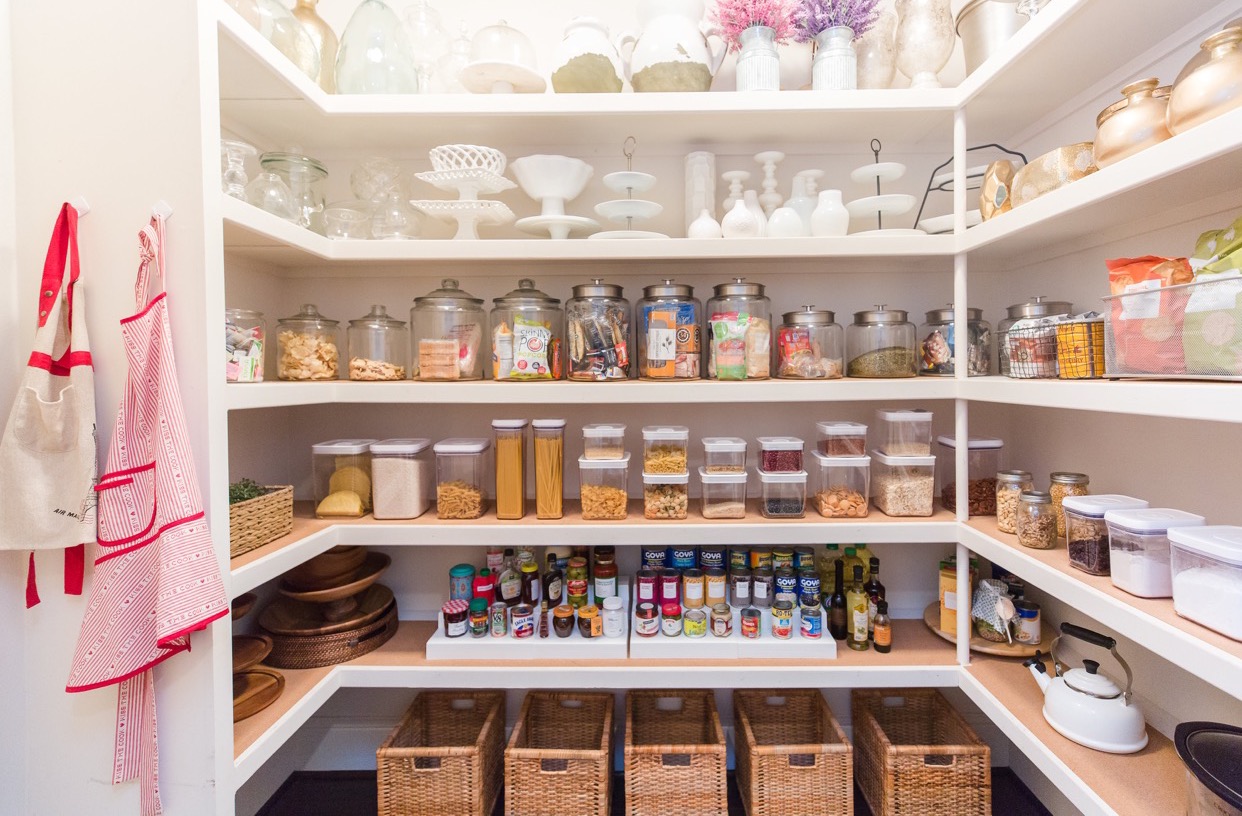
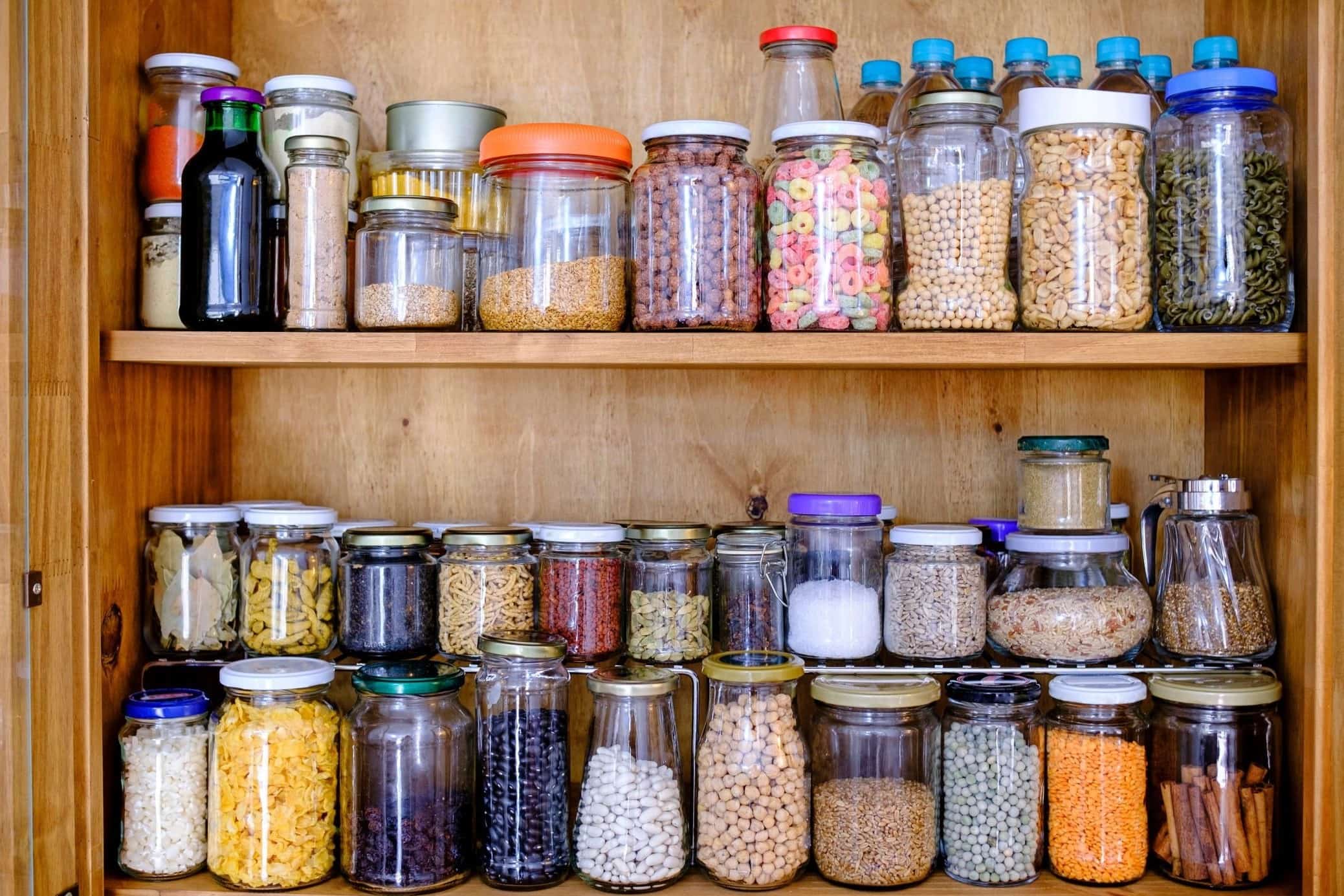
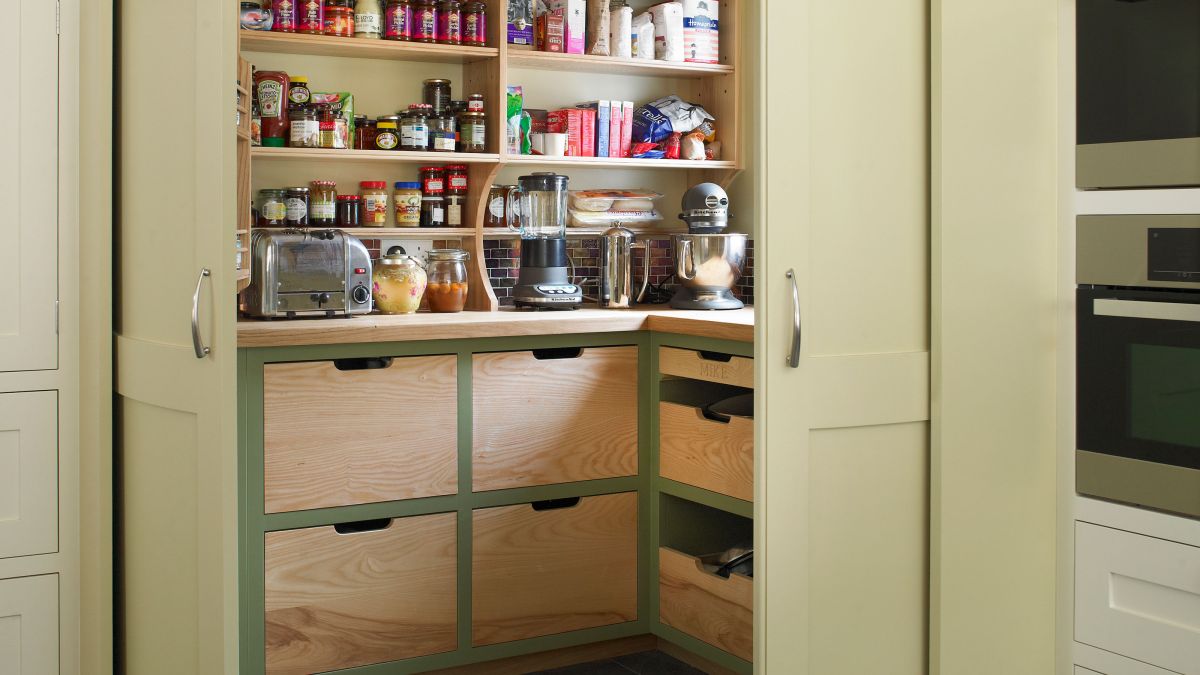
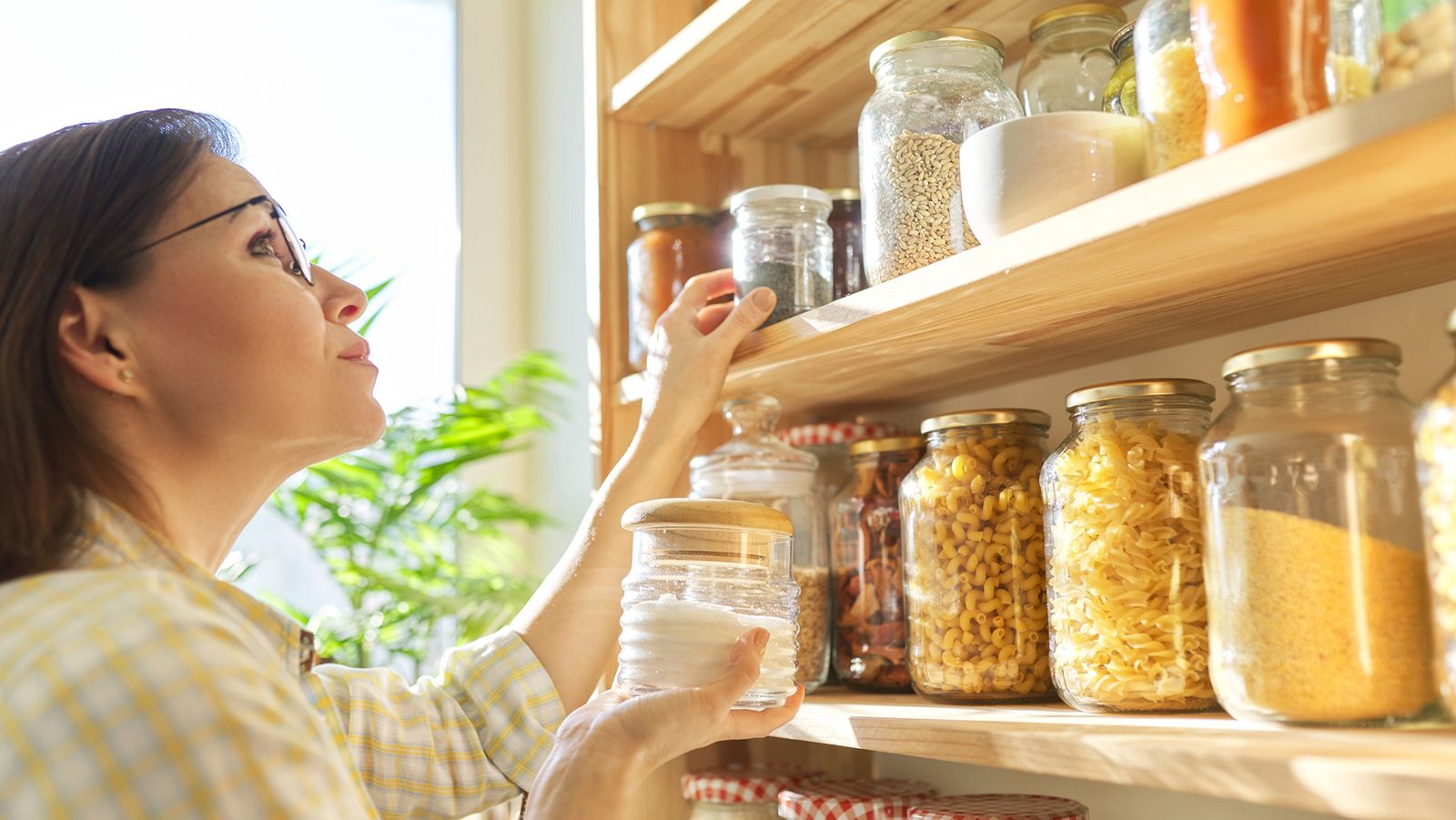
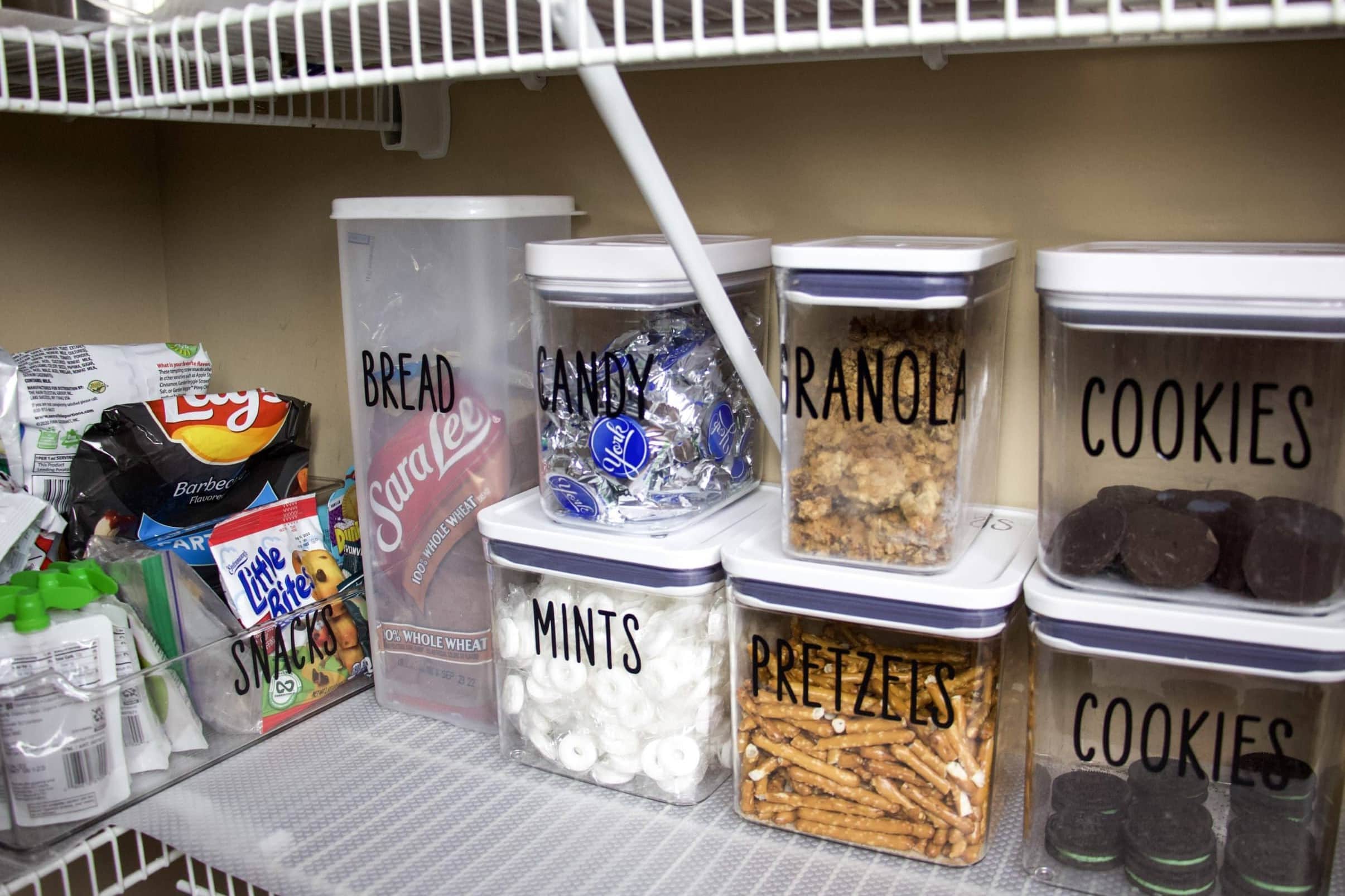
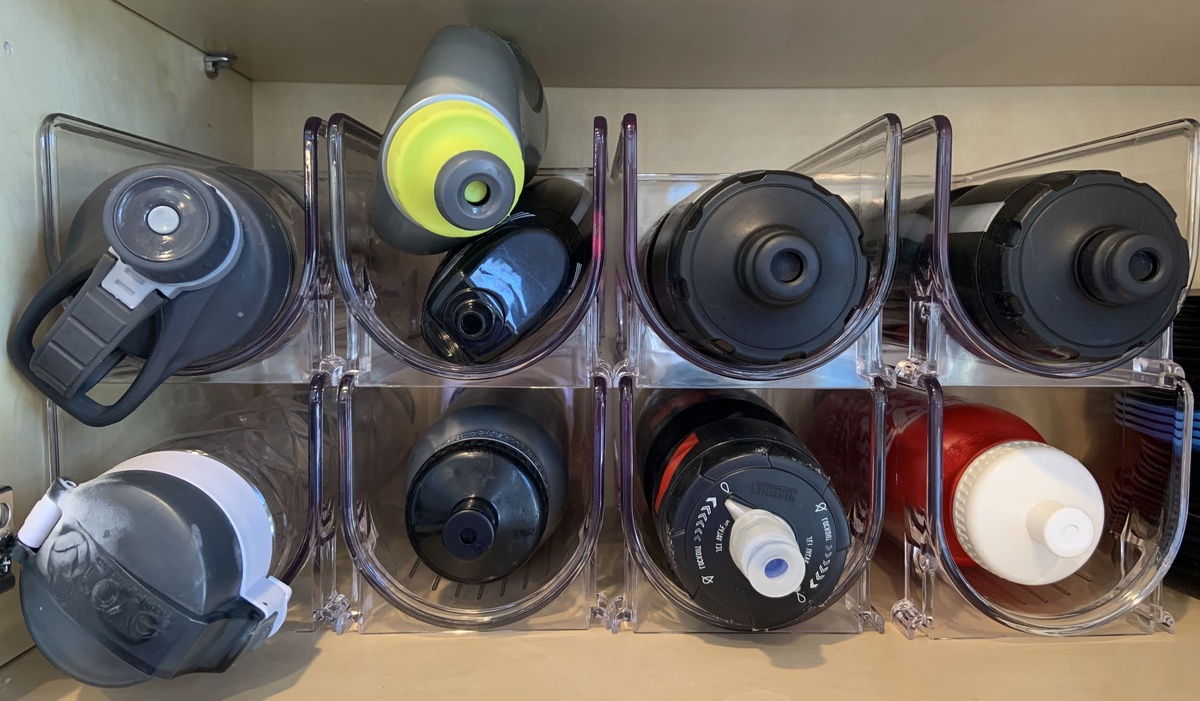
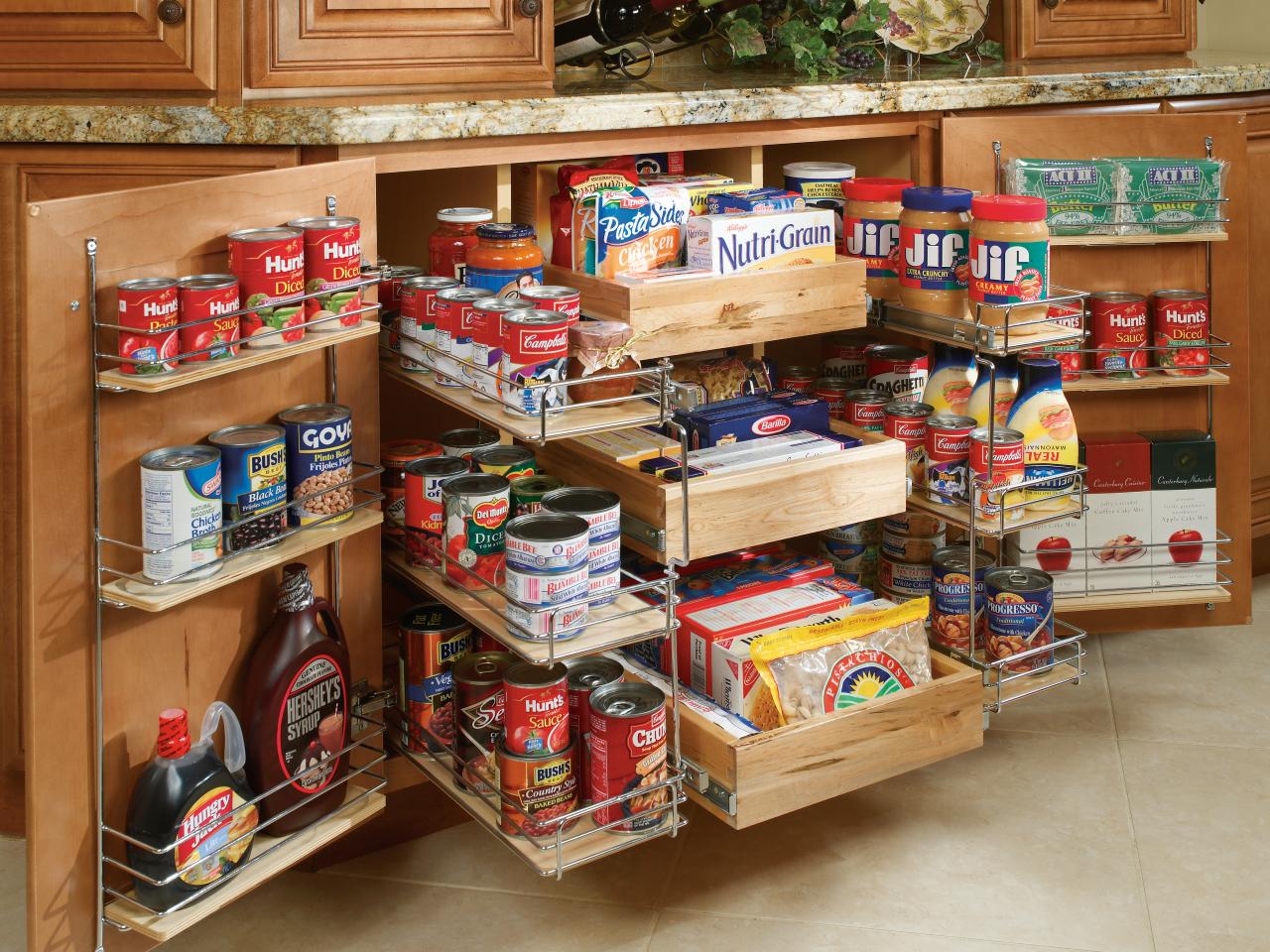
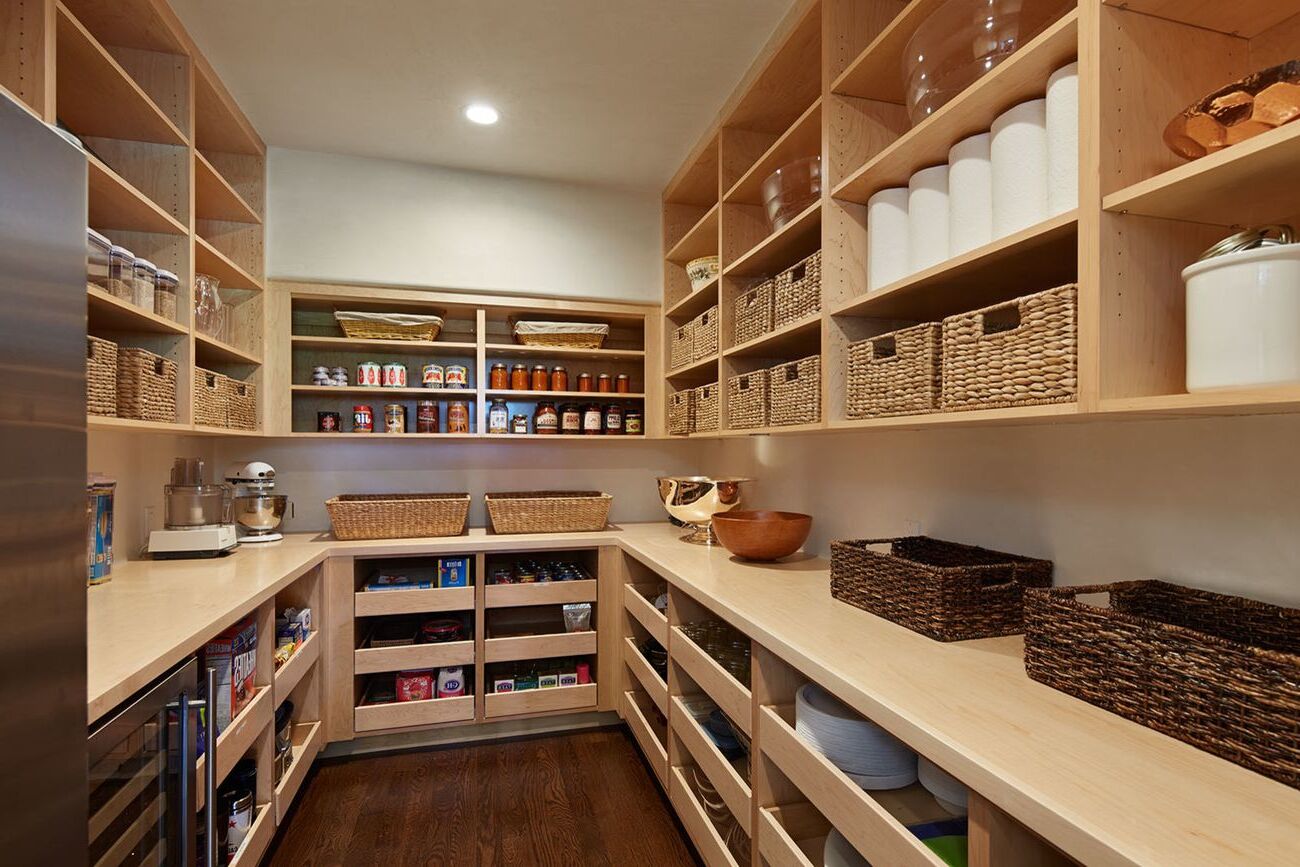
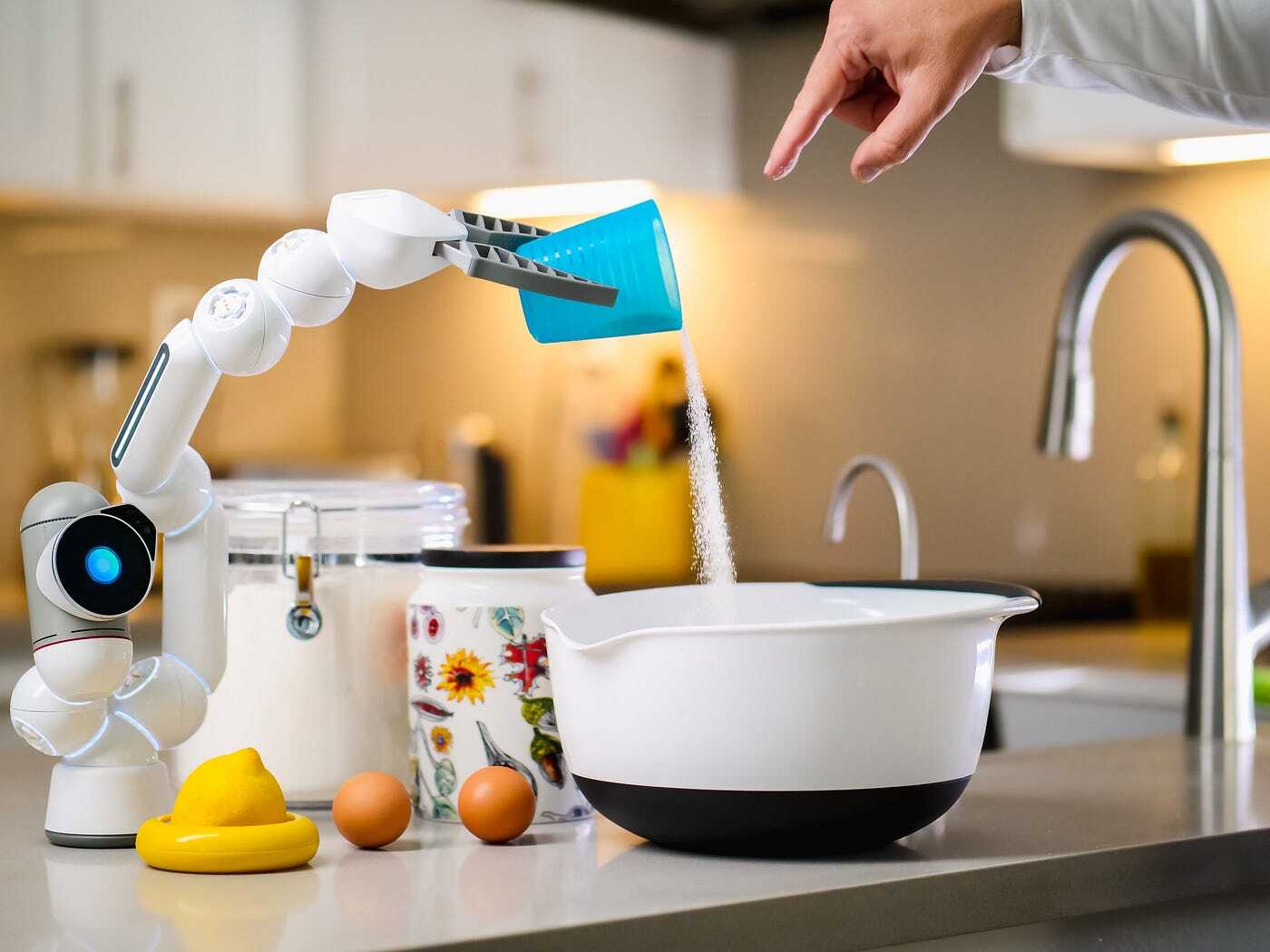
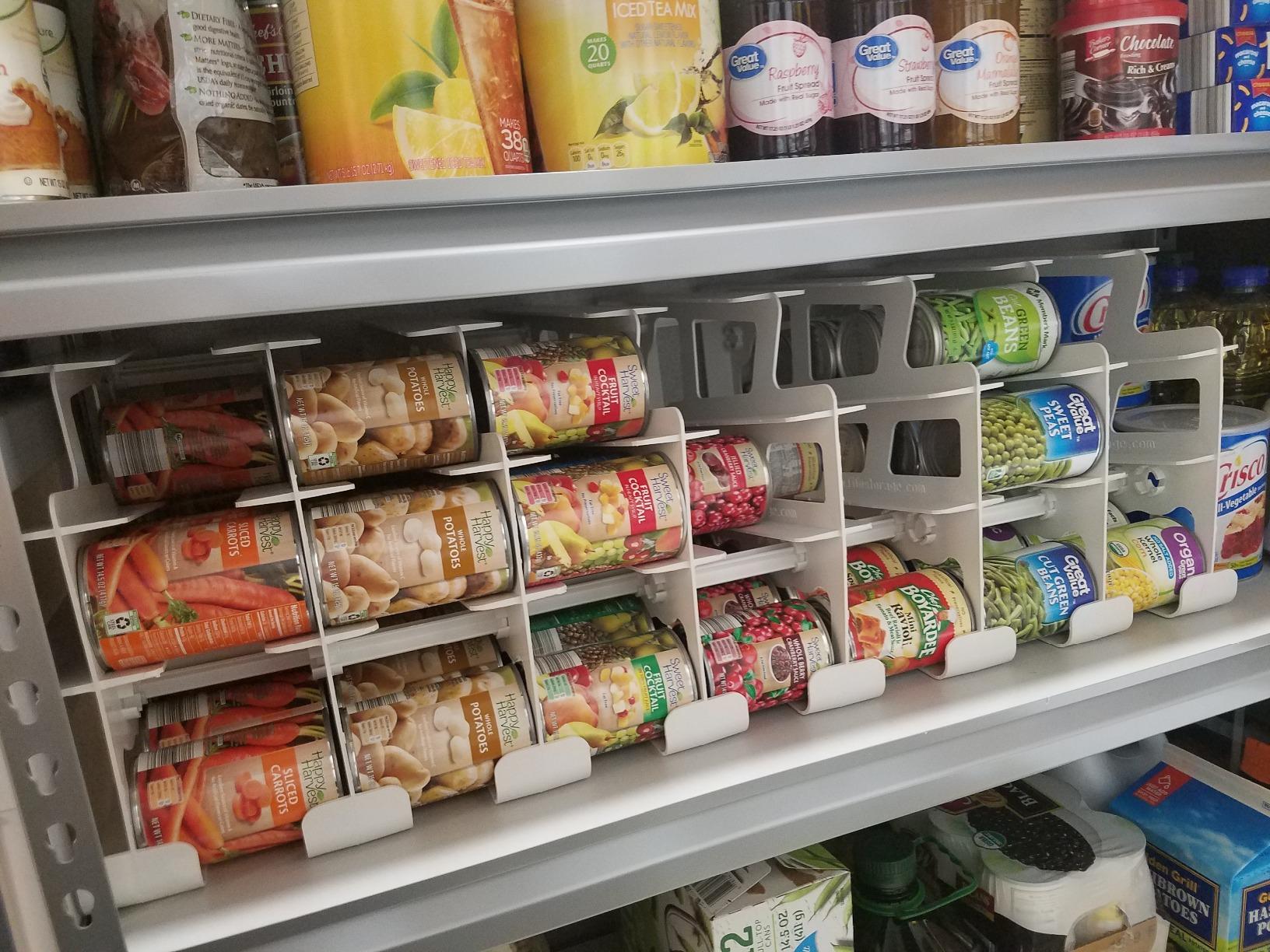
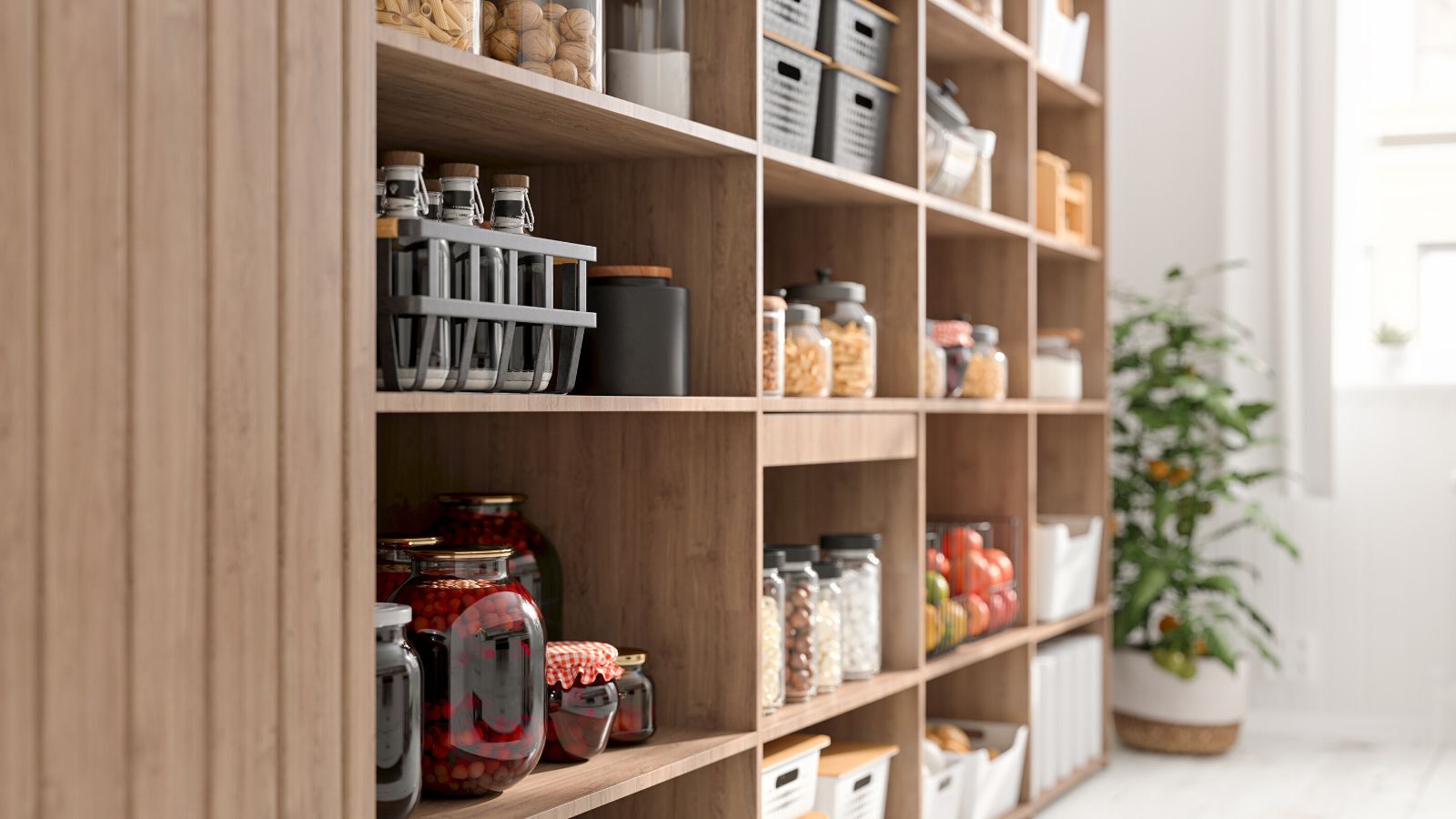
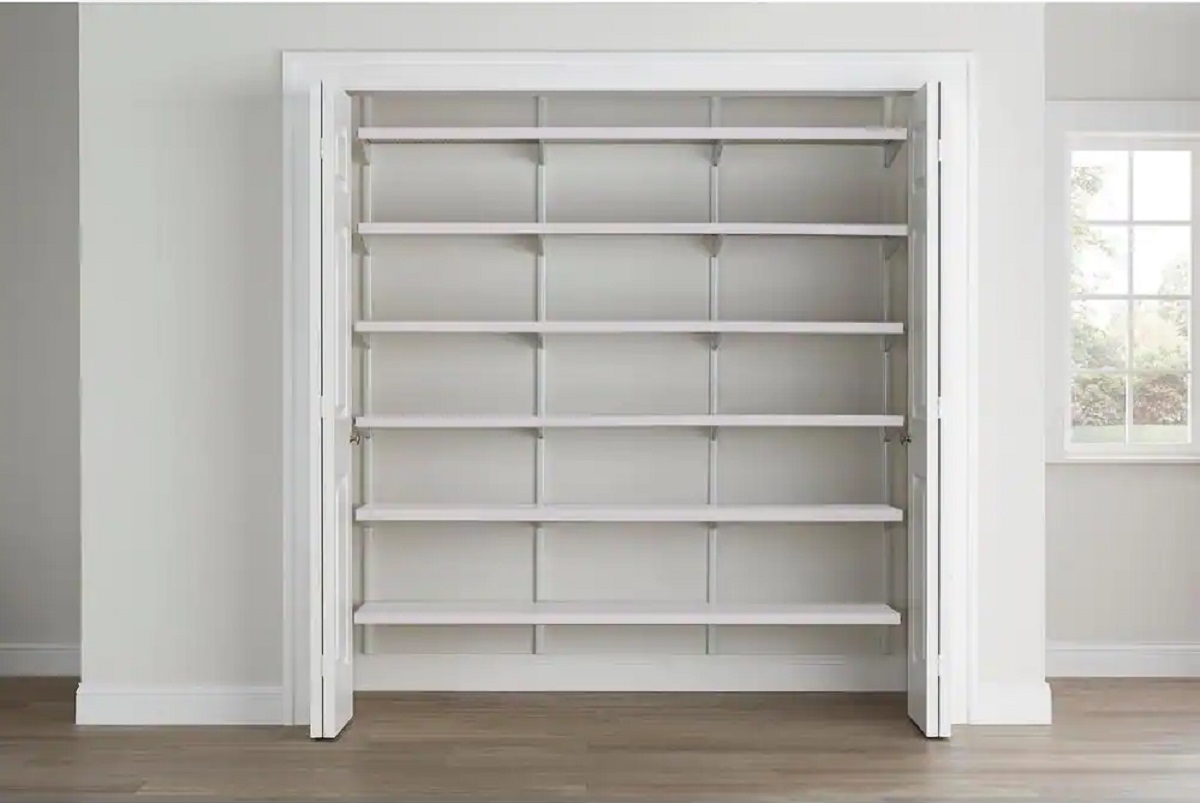
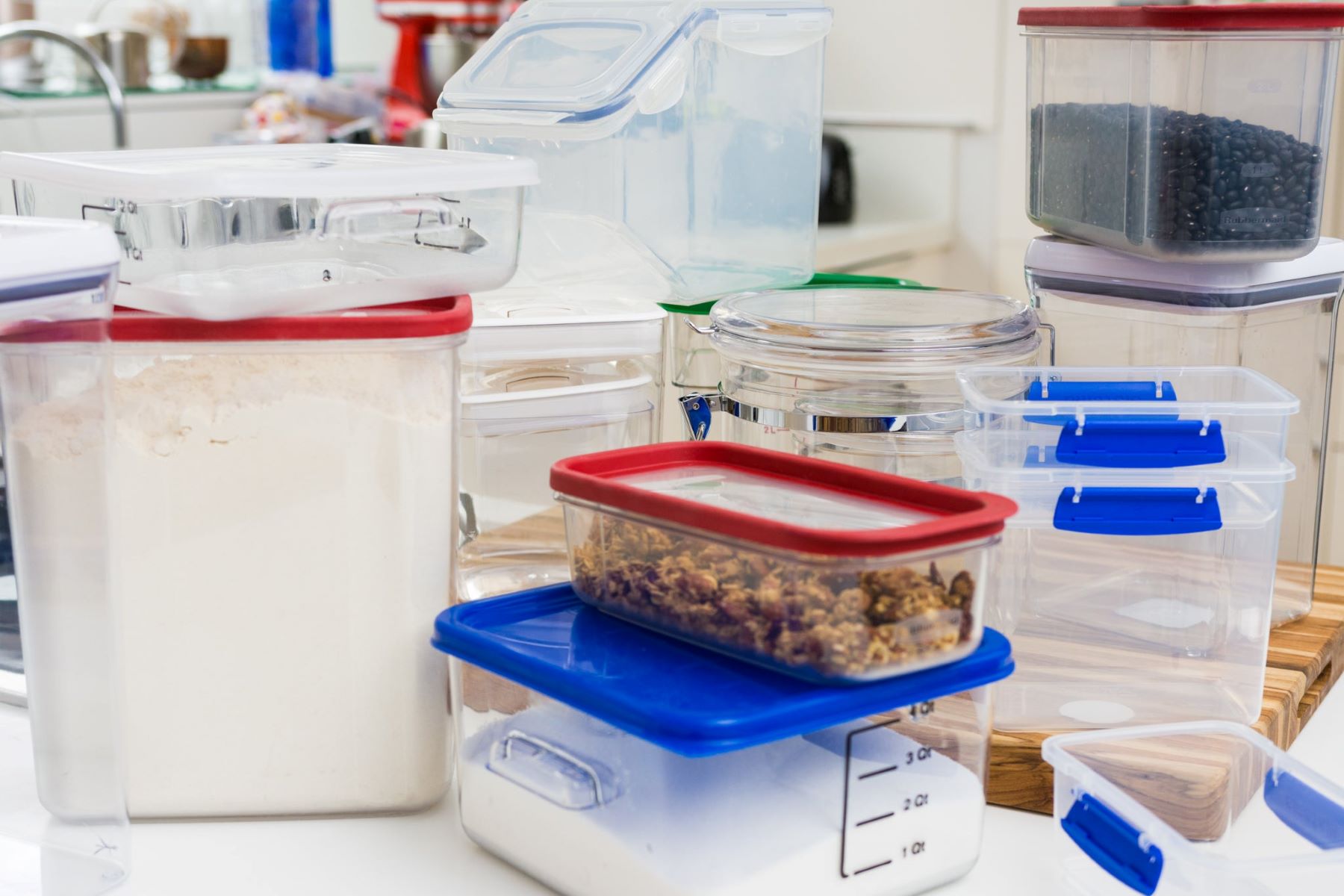
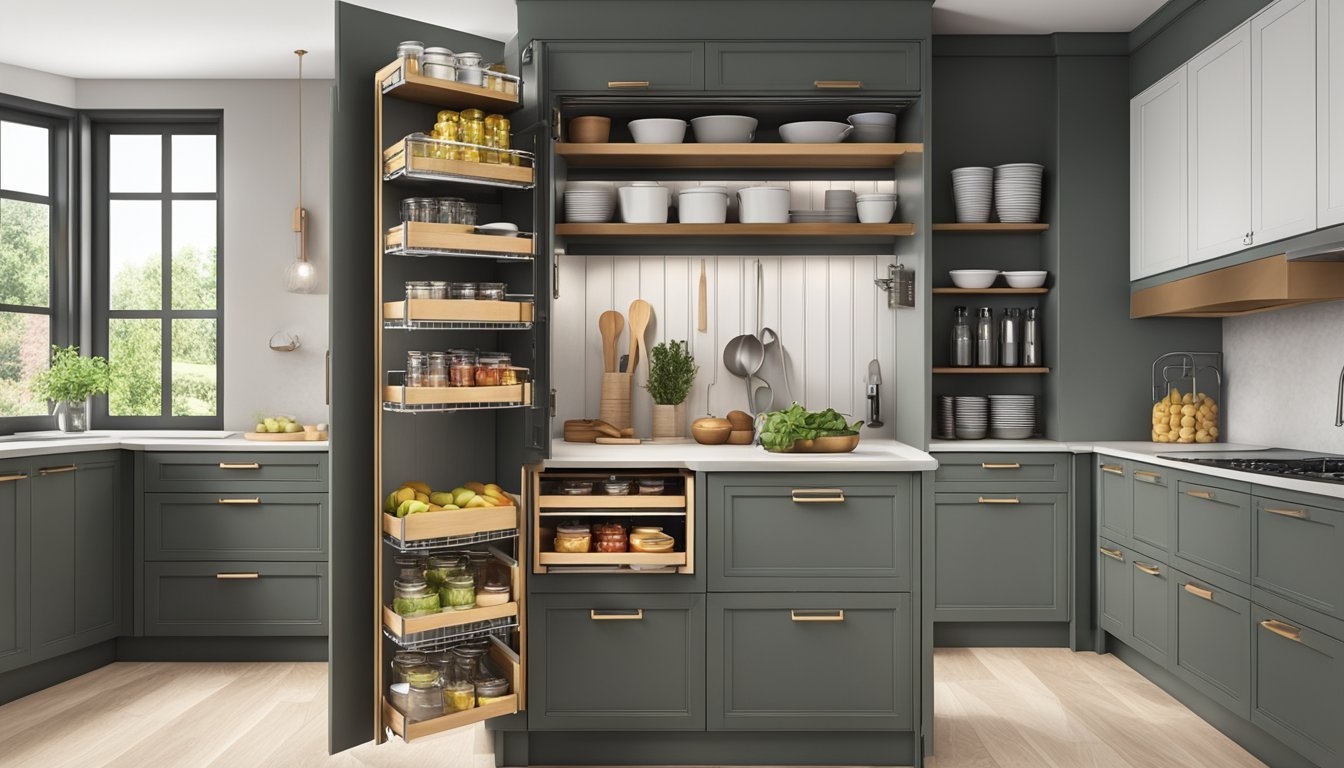
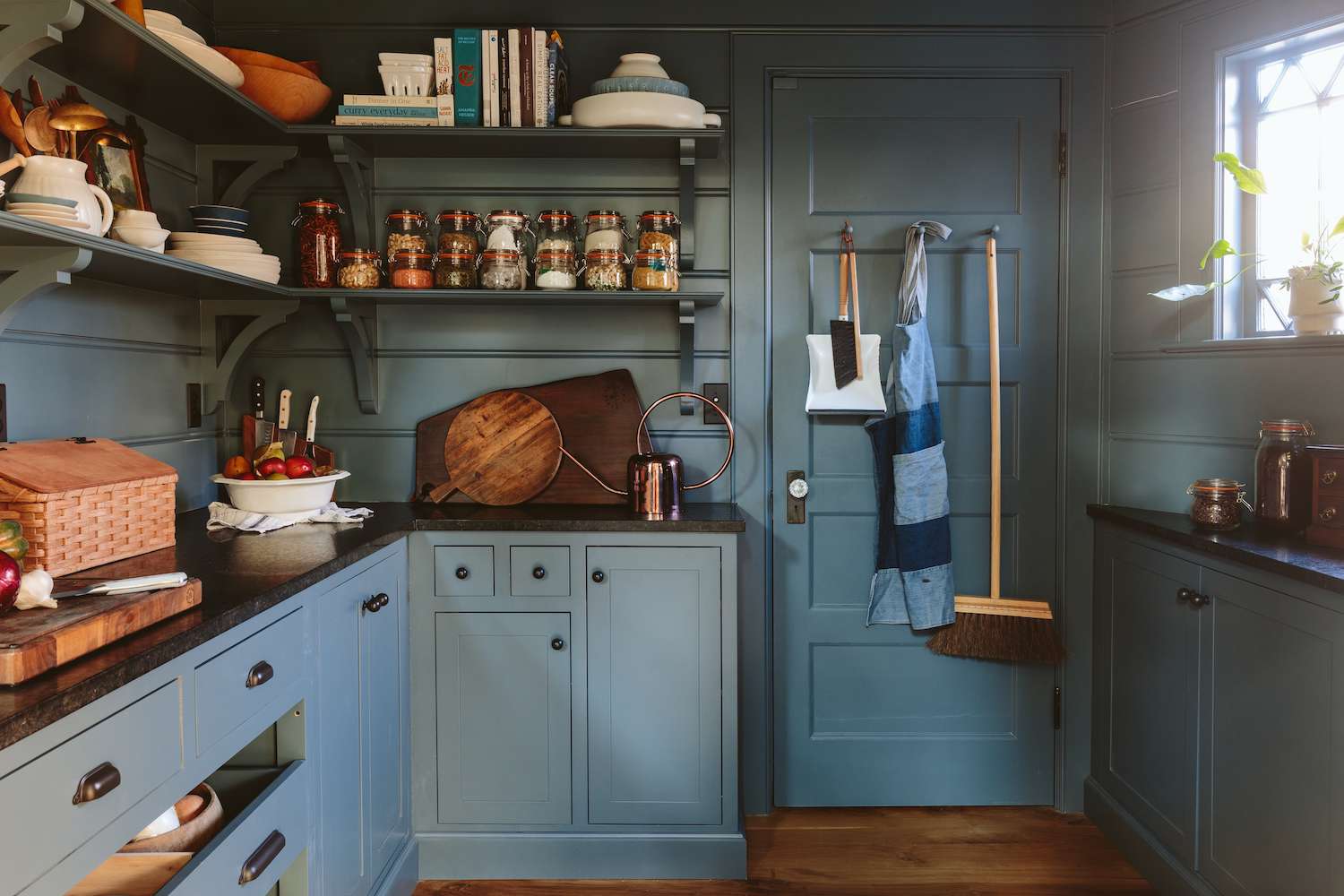

0 thoughts on “How To Organize The Pantry”